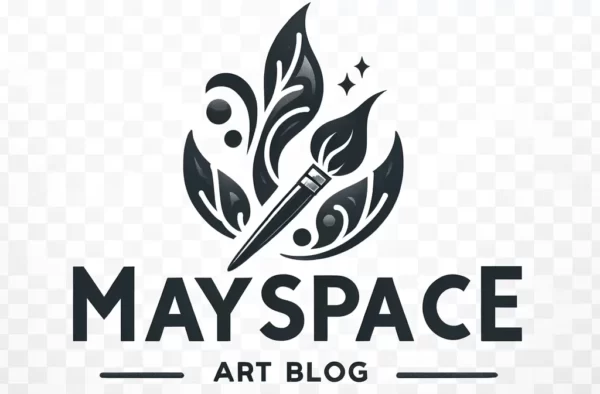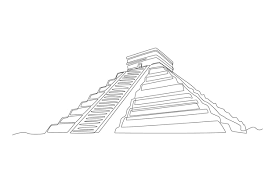Hey there, Aussie Art Enthusiasts!
In today’s tutorial, we’re diving into the fascinating world of continuous line drawing – a technique that’s as challenging as it is rewarding. Our subject? The majestic pyramid. This iconic shape not only hones your skills but also adds a touch of ancient mystique to your art portfolio.
What is Continuous Line Drawing?
First things first, let’s talk about what continuous line drawing entails. It’s a drawing method where your pen, pencil, or brush never leaves the paper from start to finish. This technique is brilliant for improving hand-eye coordination, developing a deeper understanding of forms, and fostering a more intuitive approach to drawing.
Why a Pyramid?
You might be wondering, “Why a pyramid?” Well, it’s simple yet complex. The geometric structure of a pyramid, with its solid base and tapering sides, makes it a fantastic subject for practising this technique. Plus, it’s a neat nod to the ancient art and architecture, giving your work a historical angle.
Getting Started
- Materials Needed: All you need is a piece of paper and a drawing tool (pen, pencil, charcoal, etc.). No erasers, mates – that’s the beauty of this technique!
- Setting the Base: Start by drawing the base of the pyramid. Remember, it’s all about one continuous line, so plan your path. The base should be a perfect square or a rectangle, depending on the perspective.
- Rising to the Apex: Once your base is set, start drawing the sides. The trick here is to maintain a steady hand as you converge the lines towards a single point – the apex of the pyramid.
- Adding Depth and Texture: As you get comfortable, start playing around with line weight and density. Thicker lines can indicate shadows, while lighter, more spaced-out lines can suggest light hitting the surface.
Tips and Tricks
- Practice Makes Perfect: Continuous line drawing is all about practice. Don’t be disheartened if your first few attempts aren’t perfect.
- Control Your Speed: Find a rhythm that works for you. Sometimes slower movements yield more control, while at other times, a quicker line can capture the essence of the subject better.
- Experiment with Perspectives: Try drawing the pyramid from different angles – front, side, and even aerial views. This will add versatility to your skill.
Wrapping Up
The beauty of continuous line drawing lies in its simplicity and the unique, often unexpected, results it produces. By practising with a structured form like a pyramid, you’re setting yourself up for more complex subjects in the future.
So, grab your drawing tools and let’s get sketching. Remember, there’s no right or wrong in art, just different shades of awesome. And as always, keep sharing your amazing works with us!
Cheers, and happy drawing!

